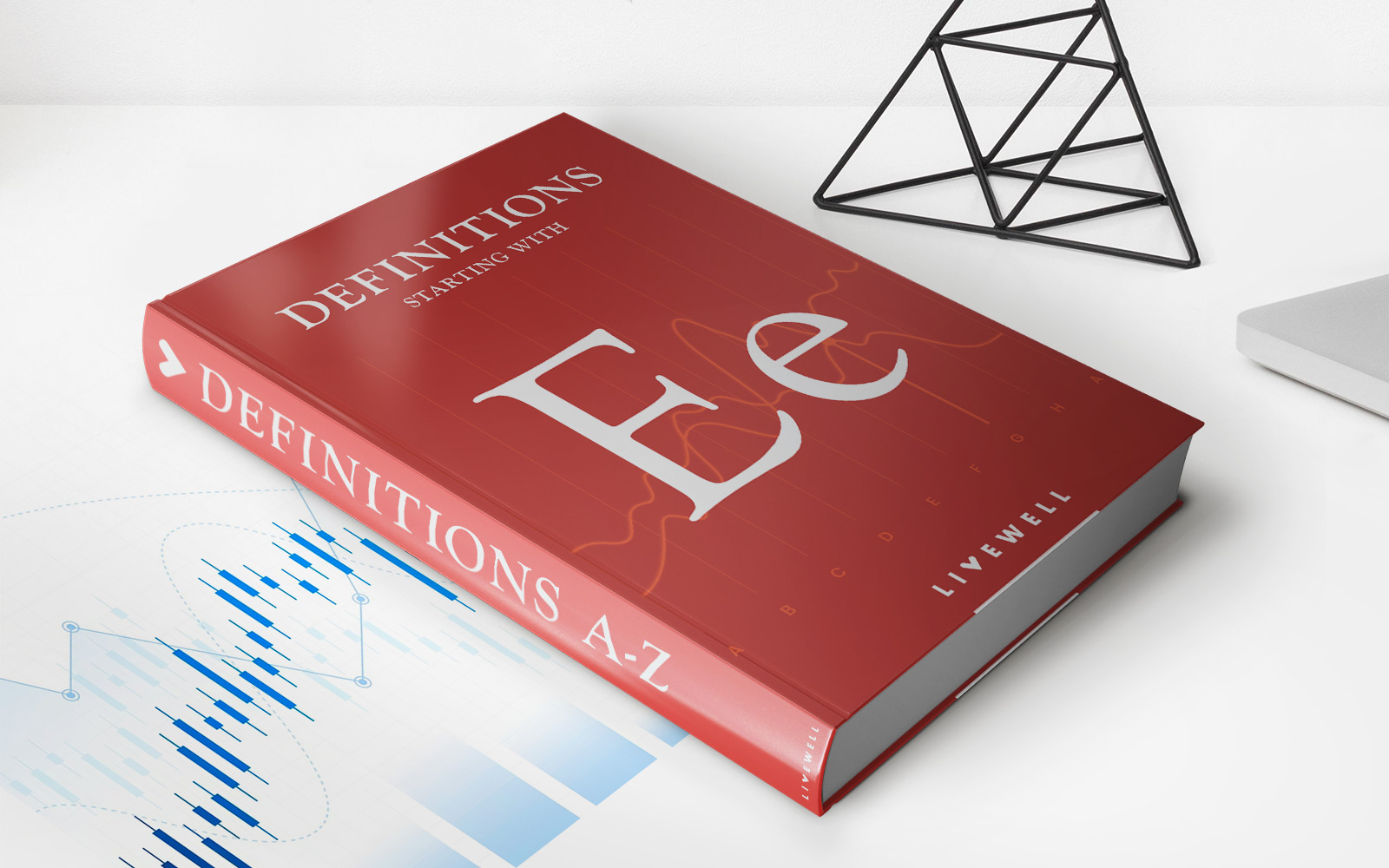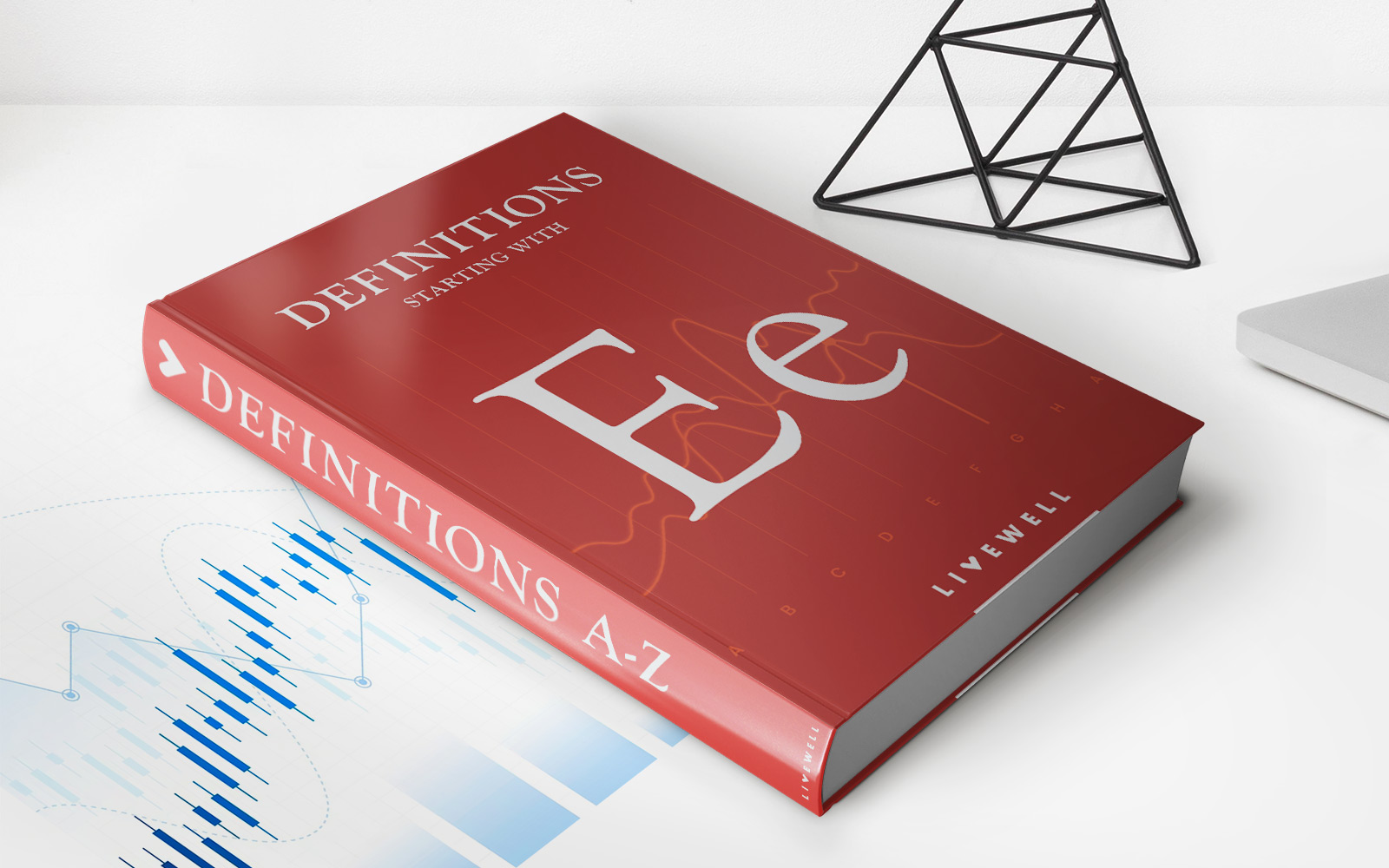Home>Finance>EBIT/EV Multiple: Definition, Formula, Benefits, Example


Finance
EBIT/EV Multiple: Definition, Formula, Benefits, Example
Published: November 16, 2023
Learn the definition, formula, benefits, and example of EBIT/EV Multiple in finance. Improve your financial analysis skills with this comprehensive guide.
(Many of the links in this article redirect to a specific reviewed product. Your purchase of these products through affiliate links helps to generate commission for LiveWell, at no extra cost. Learn more)
EBIT/EV Multiple: Definition, Formula, Benefits, Example
Understanding financial metrics is essential for anyone involved in the world of finance. One such metric that is commonly used to assess a company’s profitability and value is the EBIT/EV Multiple. In this blog post, we will explore what the EBIT/EV Multiple is, how it is calculated, its benefits, and provide an example to illustrate its application.
Key Takeaways:
- The EBIT/EV Multiple is a financial metric used to evaluate a company’s profitability and value.
- It is calculated by dividing EBIT (Earnings Before Interest and Taxes) by EV (Enterprise Value).
What is the EBIT/EV Multiple?
The EBIT/EV Multiple is a ratio that helps investors and analysts determine the relative value of a company. EBIT represents a company’s operating profit before taking into account interest and taxes, while EV represents the total value of a company, including both debt and equity.
How is the EBIT/EV Multiple Calculated?
The formula to calculate the EBIT/EV Multiple is simple:
EBIT/EV Multiple = EBIT / EV
The resulting ratio indicates how much a company earns in relation to its total value. A higher EBIT/EV multiple suggests a company is generating significant operating profits in relation to its overall value, while a lower multiple may indicate lower relative profitability.
What are the Benefits of the EBIT/EV Multiple?
The EBIT/EV Multiple offers several advantages for investors and analysts:
- Comparison: By using this metric, investors can compare companies with different levels of debt and equity. It helps in evaluating the relative profitability and value of different companies operating in the same industry.
- Trend Analysis: Tracking changes in the EBIT/EV Multiple over time can provide insights into a company’s performance. If the multiple increases, it indicates improving profitability, while a decrease may suggest declining profitability.
- Investment Decision Making: The EBIT/EV Multiple can assist investors in making informed decisions about whether to invest in a specific company. It provides a valuable measure of a company’s financial health and potential future returns.
An Example of EBIT/EV Multiple Calculation:
Let’s consider a fictional company with an EBIT of $1 million and an EV of $10 million. Using the formula, we can calculate the EBIT/EV Multiple:
EBIT/EV Multiple = $1 million / $10 million = 0.1
In this example, the EBIT/EV multiple is 0.1. This means that for every dollar of enterprise value, the company generates 10 cents in operating profit.
By understanding the EBIT/EV Multiple and incorporating it into your financial analysis, you can gain valuable insights into a company’s profitability and value. Whether you are an investor, analyst, or finance professional, this metric can be a powerful tool to inform your decision-making process.














